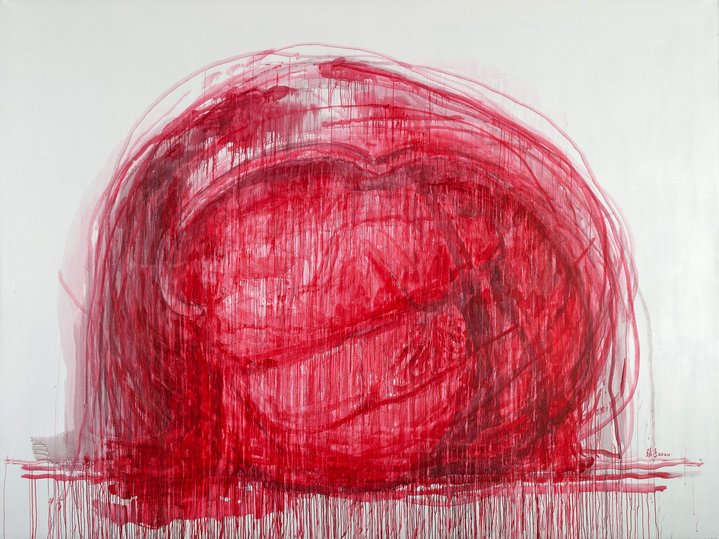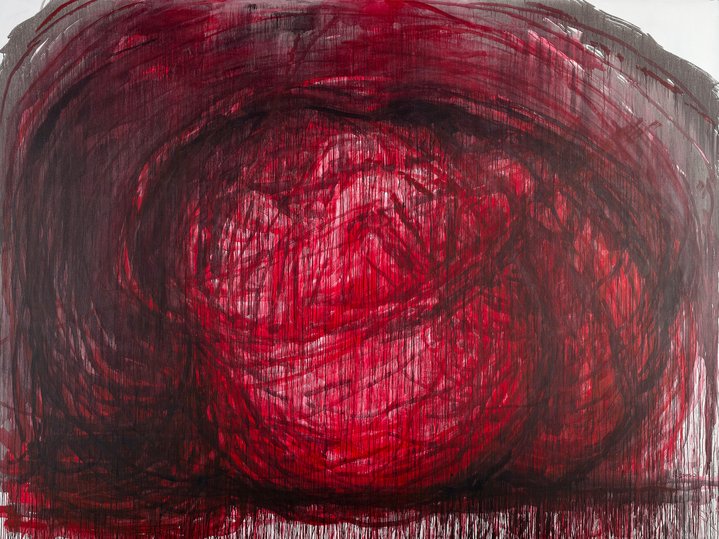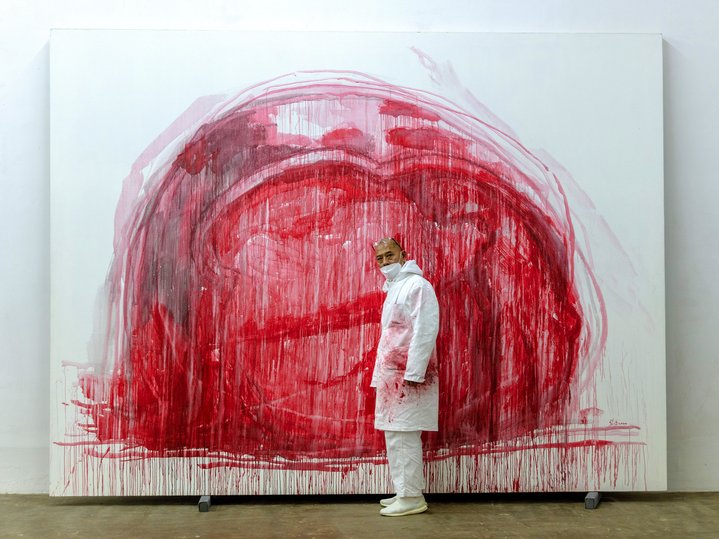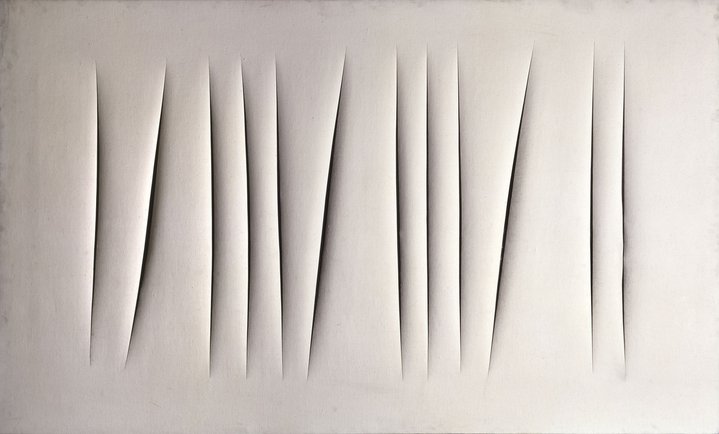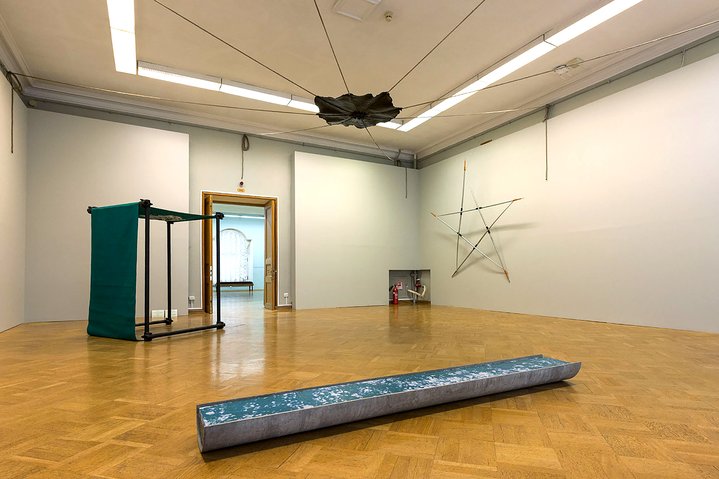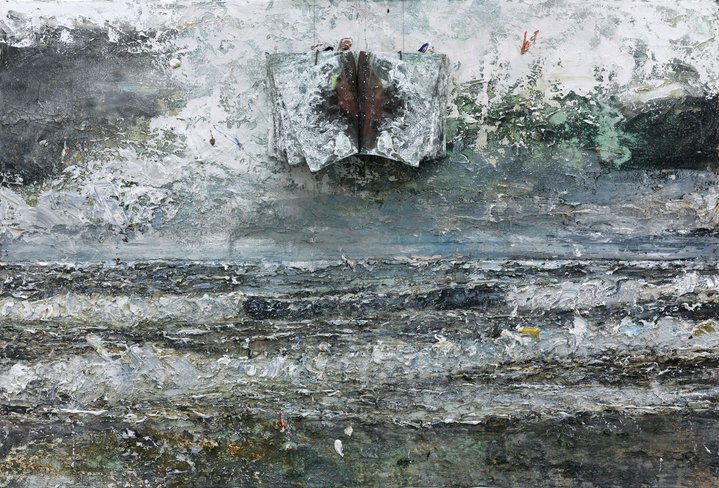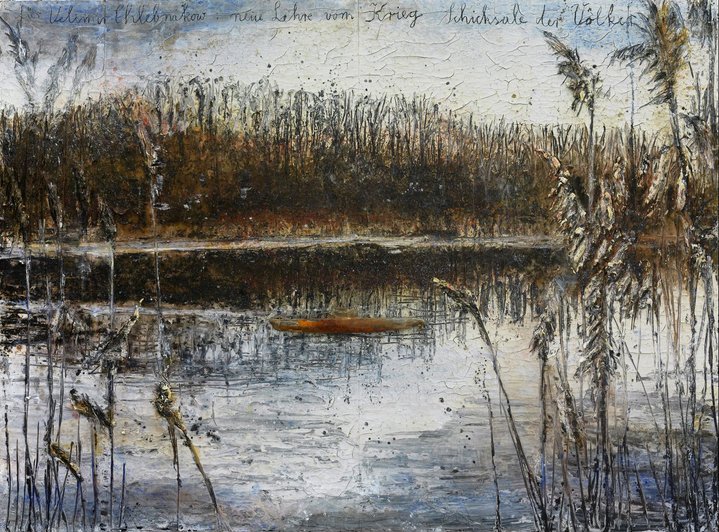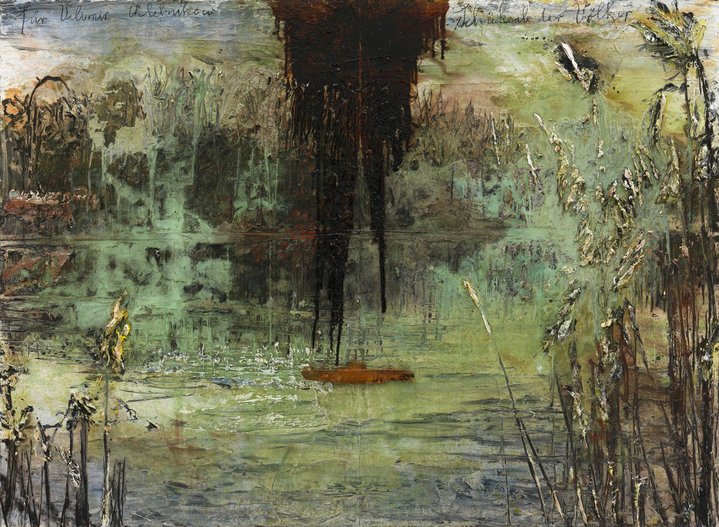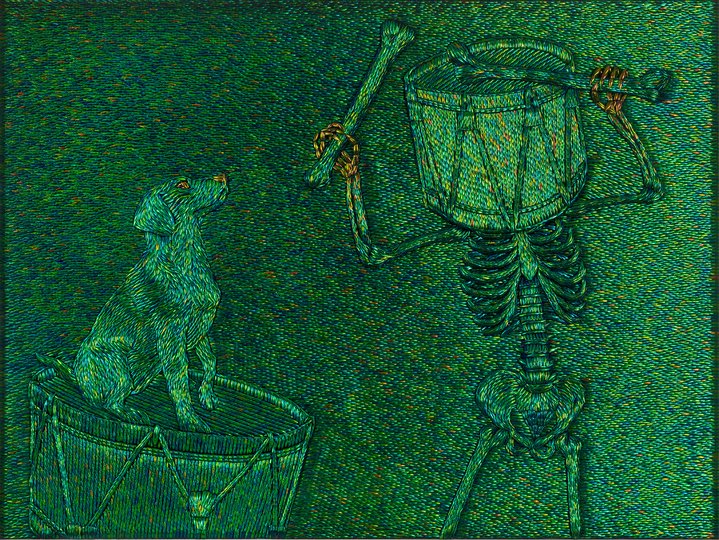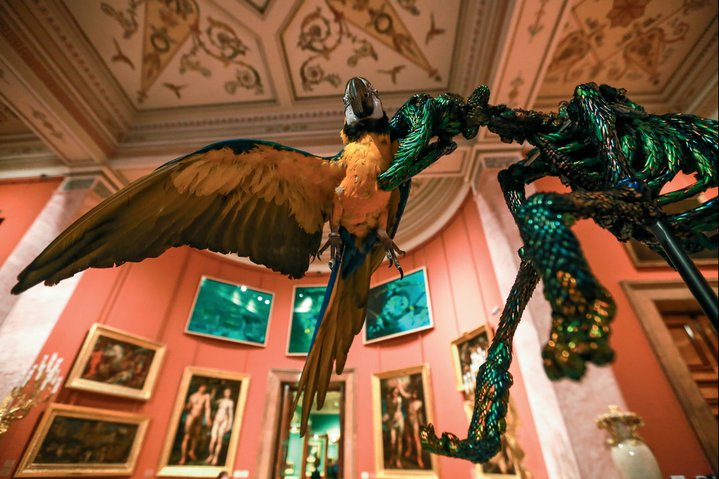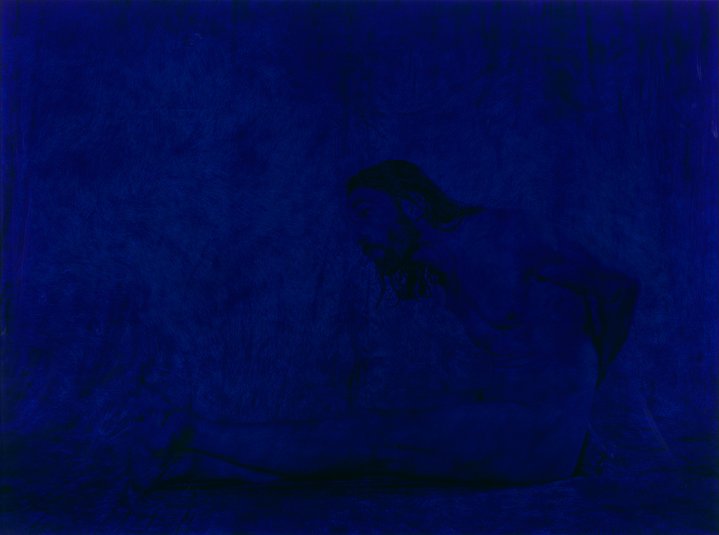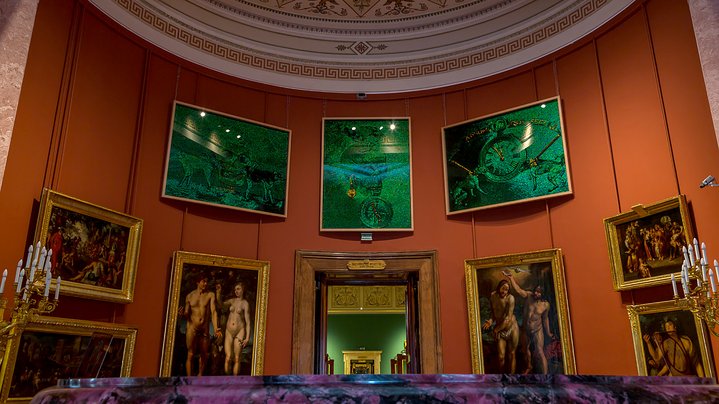Dimitri Ozerkov: the modern side of the Hermitage museum

A young curator who made the St.Petersburg’s landmark palace-museum embrace contemporary art is not afraid of the challenges this might entail.
When the State Hermitage Museum first established a department dedicated to contemporary art in 2007, it chose its curator of 15th- to 18th century French prints, Dimitri Ozerkov, to lead it. Ozerkov had before that publicly criticized the museum, arguing that if the Hermitage continued to venerate only its historic masterpieces, it would become increasingly anachronistic.
In a recent conversation, Ozerkov reflected on the appointment with humour, calling it a “kind of punishment”, imposed in response to his initial criticism. Yet, in just over a decade, he has carved out a space for new art at Russia’s most illustrious museum. In 2014, he brought the 10th edition of the roving Manifesta Biennale of contemporary art to St. Petersburg. That year also marked the transformation of the former General Staff Building into a permanent platform for the Hermitage’s collection of 20th and 21st century art. His curatorial work has helped to bridge the museum’s traditionally siloed departments and bolster its collection of contemporary art, while also stretching the margins of what is acceptable for Russian audiences.
Concerted efforts to establish a “Room of Contemporary Art” at the Hermitage started in 1932, with the museum’s leadership committed to displaying the latest artistic visions of Socialism. By 1940, however, the room had ceased to exist. Today, at the height of the tourist season, it is still primarily the works of Leonardo da Vinci, Bruegel, Rembrandt, and Caravaggio that rivers of tourists come to see.
Ozerkov feels that the Hermitage’s uneasy relationship with contemporary is in part “symptomatic of all encyclopaedic museums”. “It’s an issue that I’ve discussed with colleagues at the Louvre, the Metropolitan Museum and Vienna’s Kunsthistorisiches Museum,” he says. However, he is modest about contemporary art’s place in the collection. “Contemporary art needs to be there, but I don’t believe that it should necessarily occupy centre stage. There is a lack of understanding about how to approach contemporary art, which feeds the belief that contemporary art is unnecessary,” he said.
To address this challenge, Ozerkov has increased public programming on contemporary art. “I think we are the first (Hermitage) department that has really started to think about the form and design of exhibitions, about public relations and linking educational programmes with our activities.”
Ozerkov has also made building connections between contemporary art and the museum’s historic collections integral to his curatorial strategy, turning to artists themselves to create this dialogue through site-specific works. “Each time I discuss a new exhibition with an artist, we begin by walking through the collection, sometimes over the course of several days. I ask, ‘What do you think? What can you do?’ We try to build a dialogue between the contemporary and the historic.”
To some extent, this mirrors Ozerkov’s own intellectual journey. An art historian with oecumenical tastes, he first studied the antiquities of the Iberian Peninsula before writing a dissertation on Bauhaus-era abstraction. He cut his teeth as a curator by working with Arkady Ippolitov, the museum’s Curator of Italian Prints. Their projects generated collaborations with European institutions. Ozerkov said it was a formative experience, which taught him not only how different collections operate, but also what the process of collecting has meant historically.
A recent string of rigorous and striking exhibitions points to the productivity of Ozerkov’s strategy. In 2017, the Belgian Jan Fabre’s exhibition ‘Knight of Despair/Warrior of Beauty’ shocked audiences by positioning stuffed animals throughout the museum’s historic halls. Later that year, for his first-ever solo show in Russia, German artist Anselm Kiefer (b. 1945) produced 30 brutal mediations on the Futurist poetry of Velimir Khlebnikov (1885–1922). Ozerkov has also commissioned an exhibition to be staged this autumn by the Chinese performance artist Zhang Huan called ‘In the Ashes of History’, featuring wooden reliefs inspired by Huan’s encounter with the Hermitage.






